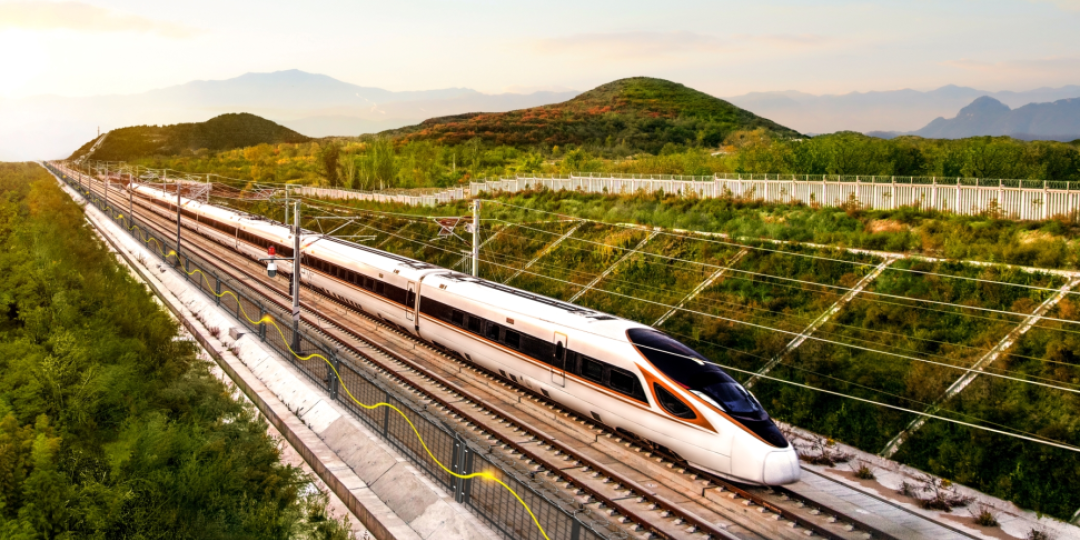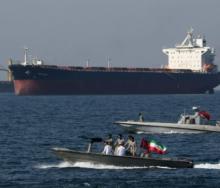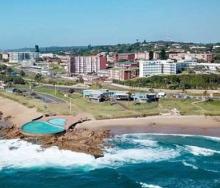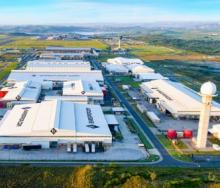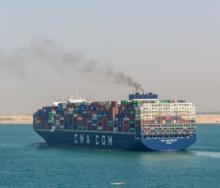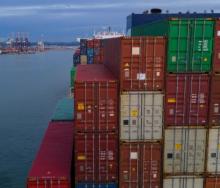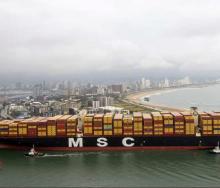Railways are a vital form of transport for hundreds of millions of Africans across the continent. Whether they’re used for short-distance commutes or longer distance journeys, they’re often the fastest and most affordable way for people to get from A to B. As countries across the continent upgrade and digitise their railway networks, however, they’ll also have to upgrade their connectivity for the broadband era.
That’s because it’s becoming increasingly difficult for the traditional narrowband GSM-R standard used by railway networks to meet the requirements of large bandwidth, low latency, and wide connections required by digital railways. At the same time, supply chains for this standard are shrinking rapidly, bringing additional challenges to the maintenance, operation, and evolution of global GSM-R installed baselines.
To this end, the International Union of Railways (UIC) has cooperated with standards organisations such as ETSI and 3GPP to launch the Future Railway Mobile Communications System (FRMCS) and released the FRMCS-T (LTE) standard document on July 18. These more advanced communication networks are specifically designed to meet the requirements of digital railway development.
That leaves railway operators with a dilemma: keep investing in GSM-R, with the knowledge that they’ll have to upgrade at some point, or adopt an LTE-based system before potentially upgrading to 5G later on. For Huawei’s rail customers, however, that isn’t a problem. Huawei’s FRMCS-T (LTE based) networks can be smoothly upgraded to 5G, enabling the continuous evolution of the FRMCS solution and meeting commercial deployment requirements while protecting customers' investments.
Rail operators around the world are starting to realise the benefits of this approach too. In South Africa, for example, the Passenger Rail Agency of South Africa (Prasa) has partnered with Huawei to adopt a wireless communication solution based on the FRMCS architecture to meet the communication requirements of modern and digital railways.
To meet Prasa’s requirements, Huawei developed an LTE communication system project based on the FRMCS architecture. The system uses a mobile convergent communication platform and provides MCX wireless broadband trunking communication and multimedia dispatching communication services. It also supports 3GPP-compliant mobile communication networks to implement key communication services and rich multimedia dispatching services.
The system additionally supports railway-specific service functions such as function codes and emergency calls. It provides panoramic, visible, and controllable dispatching and command for dispatchers, locomotive drivers, and transportation command participants. It effectively improves transportation safety and production efficiency of train command and operation and maintenance, and greatly reduces backward communication technologies. It helps prevent safety accidents such as collisions between freight and passenger trains and casualties of railway maintenance personnel due to untimely and incorrect information transmission.
As a result of the implementation, Prasa has become a model for railway modernisation in Africa. Its experience has also become an effective reference for technical exchanges between countries in different fields, indirectly promoting Africa’s international image.
Because the system uses an international standard-based architecture, it also means that international players can more easily enter local markets. This is particularly important in South Africa, where private rail companies will soon have full access to the country’s rail network.
At the same time, broadband-based systems of the kind offered by Huawei will help lay the technical foundation for Africa to enter the era of high-speed railway construction. There are already significant examples around the world of FMCR-based systems improving scheduling efficiency, safe operation, and employee management efficiency.
Another African operator benefiting from FMCR is Mozambique’s ports and railway company CFM, which has put an FRMCS-T system into commercial use. Since adopting the system, cargo transported by CFM freight railway to Maputo port increased from 22 million tons in 2021 to 26.7 million tons in 2022, and the freight volume is expected to exceed 30 million tons in 2023, with record highs. With improvements in its overall efficiency, CFM is expected to achieve new business revenue breakthroughs.
Next-generation communication systems based on the FRMCS architecture, combined with Huawei’s well-established scientific and technological knowledge, are set to significantly strengthen Africa’s rail capabilities, further enhancing its transportation capacity and driving rapid economic development.
In the future, Huawei will continue to provide innovative solutions, high-quality products, comprehensive services, and global delivery and maintenance platforms, and open cooperation with partners to build a better-connected railway for global rail customers.
